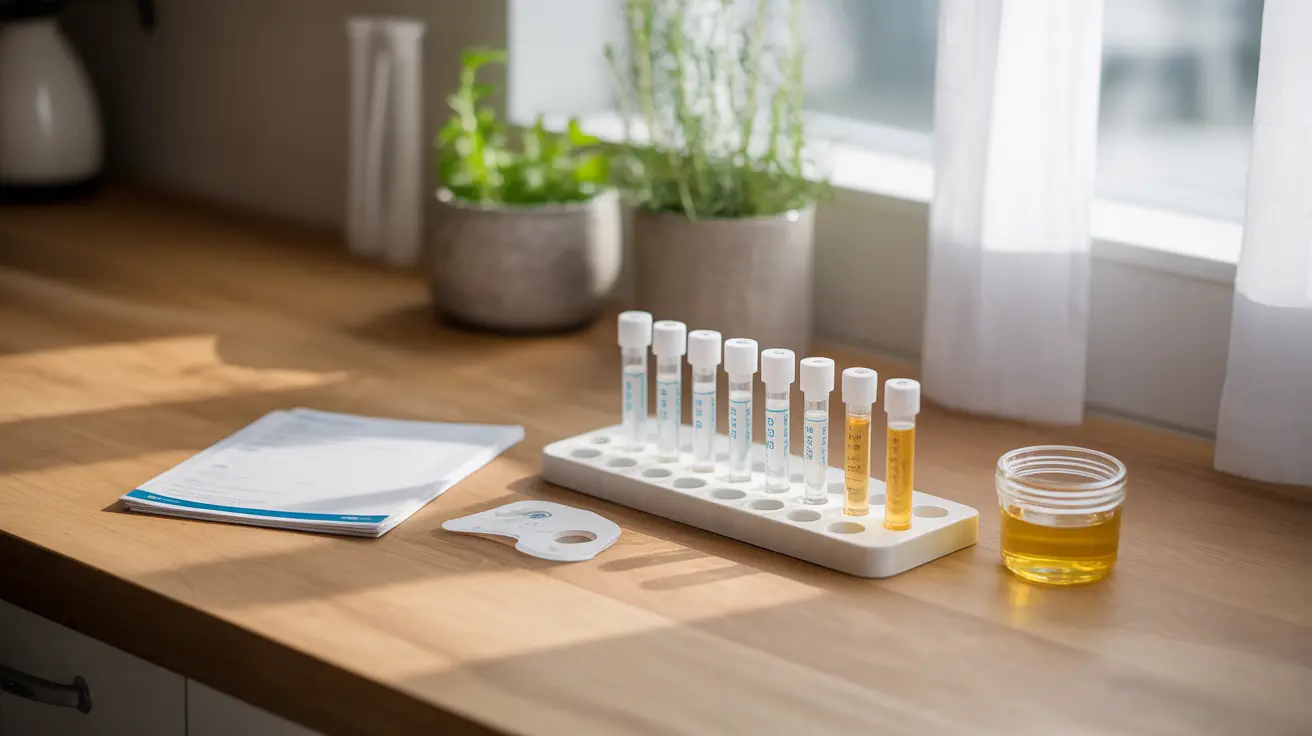Living with hemorrhoids can be uncomfortable and frustrating, but making strategic dietary changes, particularly incorporating more fiber, can significantly improve your symptoms. Understanding how to properly implement a high-fiber diet is crucial for both preventing and managing hemorrhoid discomfort effectively.
In this comprehensive guide, we'll explore how fiber helps with hemorrhoid management, the best food choices to make, and important considerations when increasing your fiber intake. We'll also discuss complementary lifestyle changes that can enhance your success in managing this common condition.
Understanding the Fiber-Hemorrhoid Connection
A high-fiber diet plays a vital role in preventing and managing hemorrhoids by promoting softer, more regular bowel movements. This reduces straining during defecation, which is a primary factor in hemorrhoid development and aggravation. Fiber works by absorbing water in the digestive tract, adding bulk to stools while keeping them soft and easier to pass.
Best High-Fiber Foods for Hemorrhoid Management
Fruits and Vegetables
Focus on incorporating these fiber-rich produce options:
- Pears (with skin)
- Apples (with skin)
- Berries (raspberries, blackberries)
- Broccoli
- Brussels sprouts
- Carrots
- Leafy greens
Whole Grains
Include these wholesome grain choices:
- Oatmeal
- Quinoa
- Brown rice
- Whole wheat bread
- Barley
- Whole grain pasta
Legumes and Nuts
Add these protein-rich fiber sources:
- Lentils
- Black beans
- Chickpeas
- Almonds
- Chia seeds
- Flaxseeds
Implementing a High-Fiber Diet Safely
While increasing fiber intake is beneficial, it's important to do so gradually to avoid digestive discomfort. Start by adding 2-3 grams of fiber per day and increase slowly over several weeks. Always pair increased fiber consumption with adequate water intake to help prevent constipation.
Daily Fiber Targets
Aim for these recommended daily amounts:
- Women: 25 grams
- Men: 38 grams
- Increase intake gradually
- Drink 8-10 glasses of water daily
Additional Lifestyle Modifications
Complement your high-fiber diet with these helpful practices:
- Regular physical activity
- Maintaining good bathroom habits
- Not sitting for prolonged periods
- Taking warm baths when symptoms flare
- Using a donut cushion when sitting
Frequently Asked Questions
How does a high-fiber diet help prevent and relieve hemorrhoids?
A high-fiber diet helps prevent and relieve hemorrhoids by softening stools and making them easier to pass. This reduces straining during bowel movements, which is a major cause of hemorrhoid development and irritation. Fiber also promotes regular bowel movements, preventing constipation that can worsen hemorrhoid symptoms.
What are the best high-fiber foods to eat if I have hemorrhoids?
The best high-fiber foods include fruits like apples, pears, and berries; vegetables such as broccoli and leafy greens; whole grains like oatmeal and quinoa; and legumes including lentils and beans. These foods provide both soluble and insoluble fiber, which work together to promote healthy digestion.
How much fiber should I consume daily to reduce hemorrhoid symptoms?
Women should aim for 25 grams of fiber daily, while men should target 38 grams. However, if you're currently consuming less, increase your intake gradually to allow your digestive system to adjust.
Can increasing fiber too quickly cause problems when managing hemorrhoids?
Yes, increasing fiber too quickly can lead to bloating, gas, and digestive discomfort. This can potentially worsen hemorrhoid symptoms. Increase fiber intake gradually over several weeks and ensure adequate water consumption to prevent these issues.
Besides diet, what other lifestyle changes can help manage hemorrhoids effectively?
Important lifestyle changes include regular exercise, maintaining good bathroom habits (avoiding straining and limiting time on the toilet), staying hydrated, avoiding prolonged sitting, and using sitz baths for symptom relief. These changes, combined with a high-fiber diet, create a comprehensive approach to hemorrhoid management.




